Strange New Worlds
Explore intriguing worlds in our galaxy
The first planets beyond our solar system, exoplanets, were discovered in the late 1980s and early 1990s. Since then, we've discovered thousands more. Here are a few of our favorites.
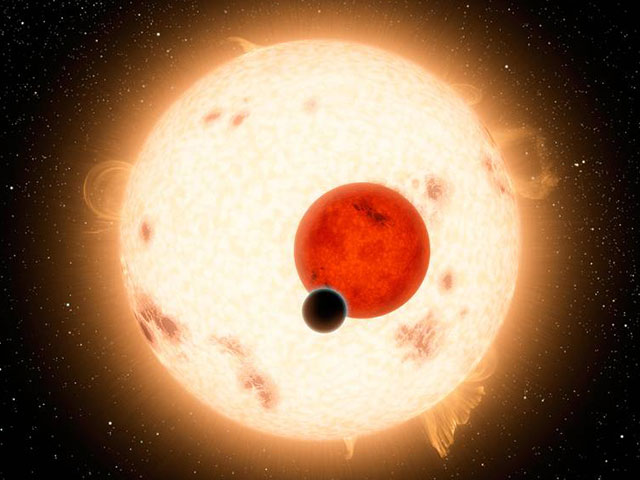
Kepler-16b - 1 planet, 2 stars
Discovered 2011: Kepler-16b is a world where two suns set over the horizon instead of just one, the first Tatooine-like planet found in our galaxy.
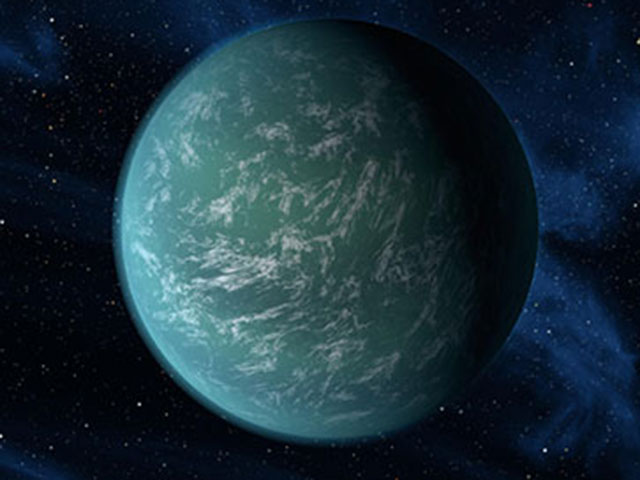
Kepler-22b - Possible water world
Discovered 2011: A possible ocean world orbiting in the habitable zone—the region around a star where the temperature is right for liquid water, a requirement for life on Earth.
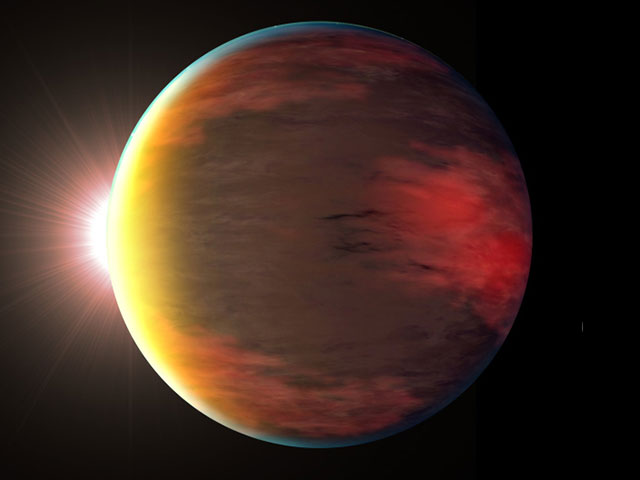
Kepler-7b - First to be cloud-mapped
Discovered 2009: A massive world called a hot Jupiter, Kepler-7b was the first exoplanet to have its clouds mapped.

Kepler-452 b - Earth's older cousin
Discovered 2015: An "Earth-cousin" that orbits a star like our sun in the habitable zone, where liquid water could exist.
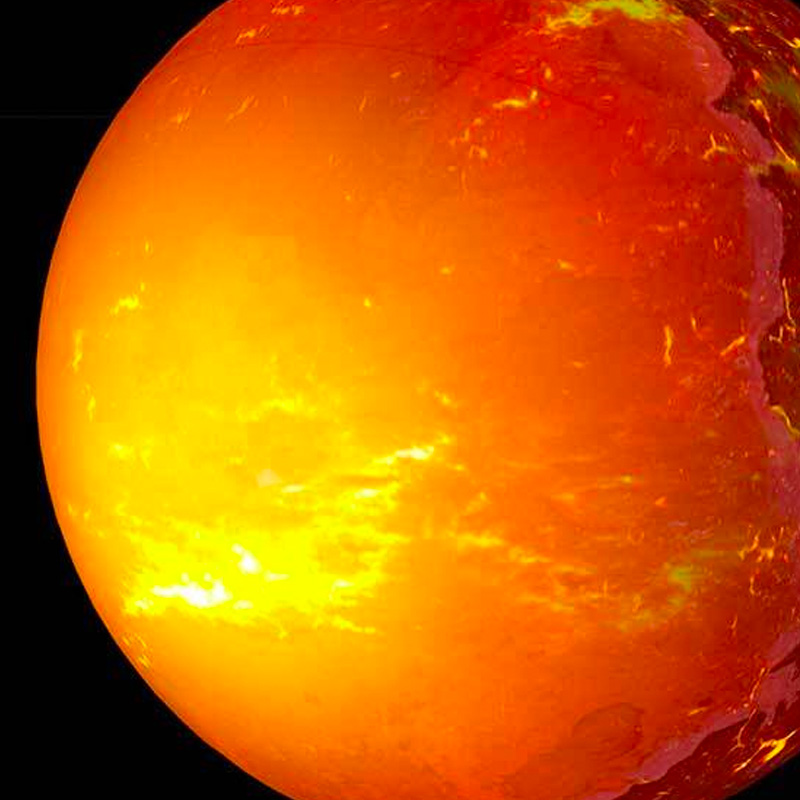
KELT-9 b - Hotter than most stars
Discovered 2017: KELT-9b is so hot that the heat tears molecules apart on the dayside.
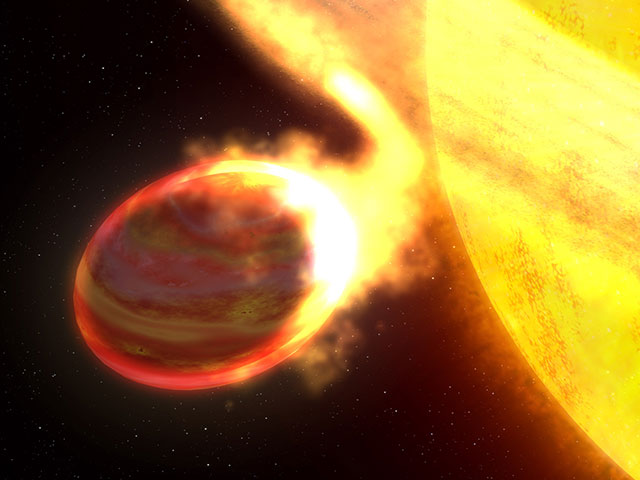
WASP-12 b - Being eaten by parent star
Discovered 2008: The doomed planet WASP-12b is a hot Jupiter that orbits so close to its parent star, it's being torn apart. It takes this alien world only 1.1 days to completely circle its Sun.
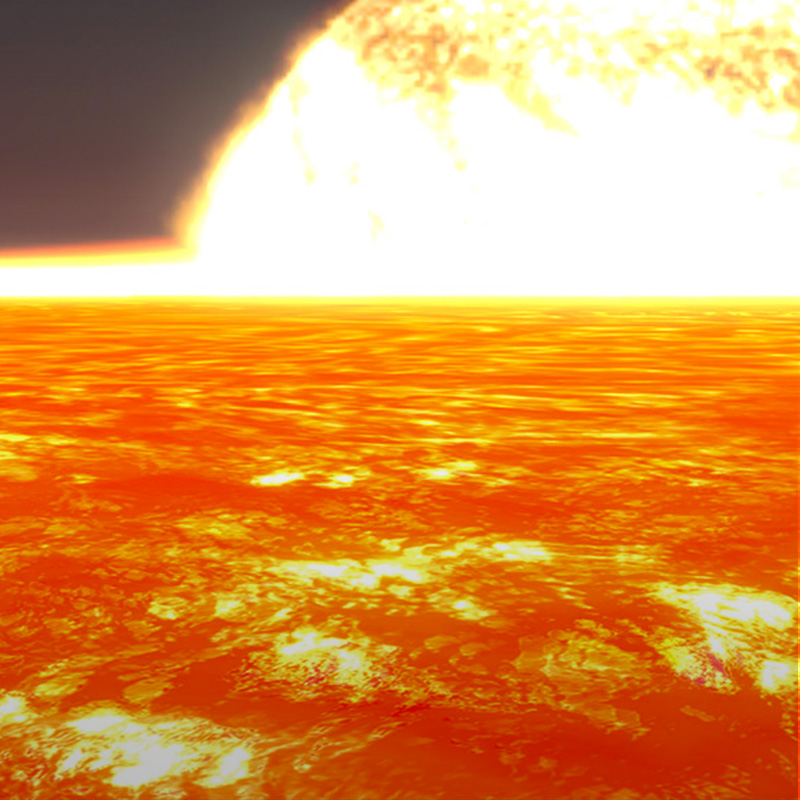
55 Cancri e - Lava ocean, sparkling skies
Discovered 2004: This super hot world is covered in a global ocean of lava and has sparkling skies.
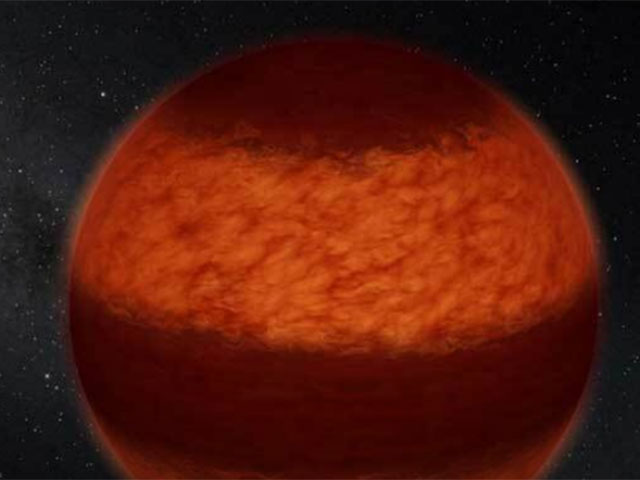
TYC 8998-760-1 b - Planet or failed star?
Discovered 2020: This object, a brown dwarf or perhaps a large planet, joins an exclusive club: those that have been directly imaged.
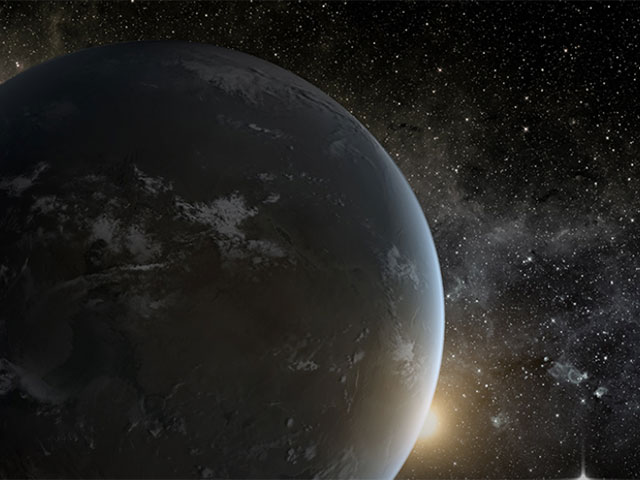
GJ 15 A b - Super-heated Super-Earth
Discovered 2014: GJ 15 A b orbits a red-dwarf star just 11 light-years away with its companion GJ 15 A c, making them our nearest multi-planet neighbors discovered so far.
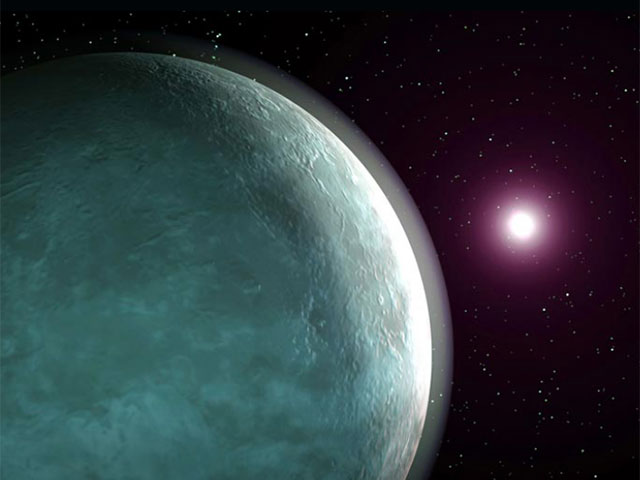
GJ 15 A c - Only 11 light-years away
Discovered 2018: Nearby GJ 15 A c orbits a red-dwarf star just 11 light-years away with its companion, making them our nearest multi-planet neighbors discovered so far.
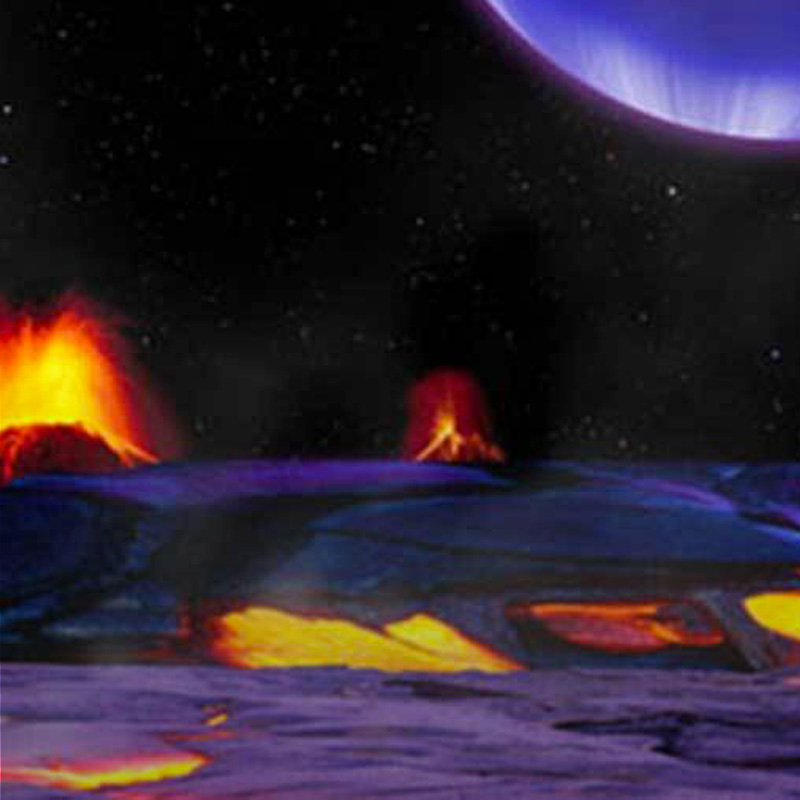
Kepler-36 b - Bizarrely close neighbors
Discovered 2012: Kepler-36b and its companion planet, Kepler-36c, are far too close to their sun to be in the habitable zone, and they are bizarrely close to each other.
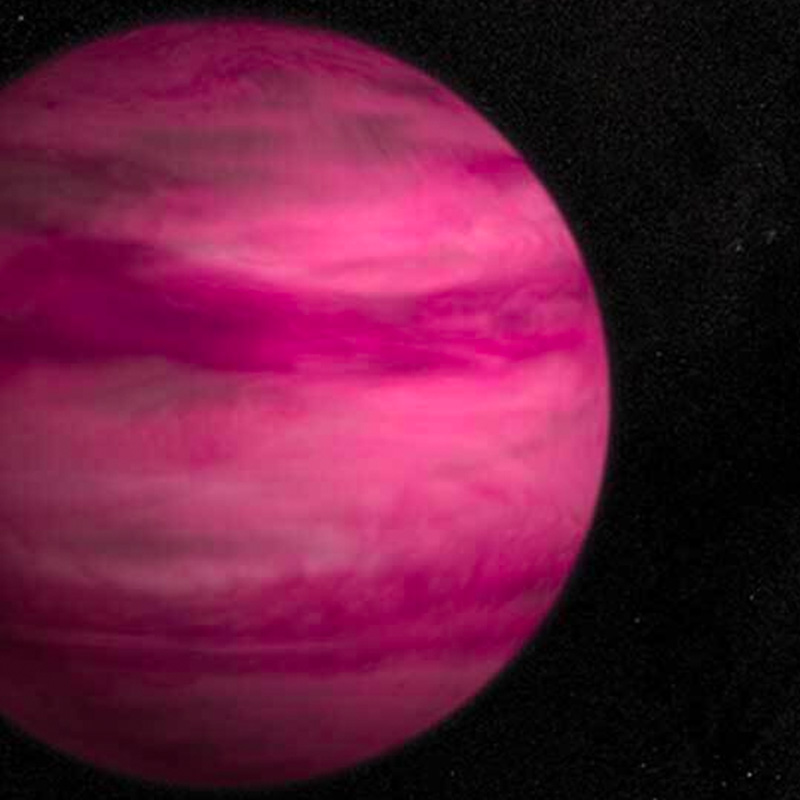
GJ 504 b - Magnificently magenta
If we could travel to this giant planet, we would see a world still glowing from the heat of its formation with a color reminiscent of a dark cherry blossom, a dull magenta.
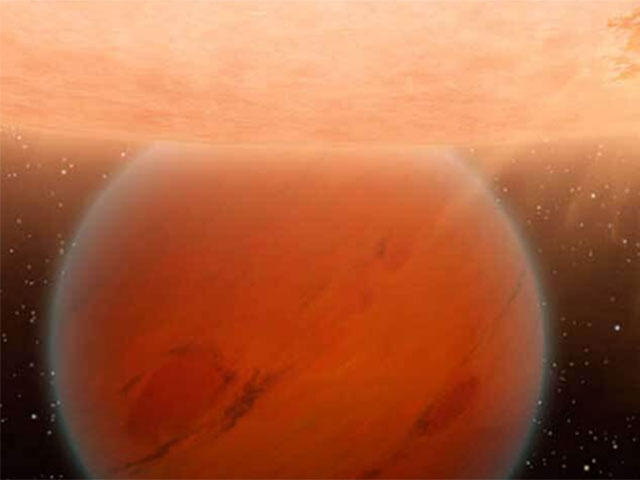
GJ 436 b - Mysteriously missing methane
Discovered 2004: A close exoplanet with a secret: a lack of methane on this hot world. GJ 436 b is a Neptune-sized exoplanet that orbits an M-type star. Its mass is 22.1 Earths.

TOI-849 b - Atmosphere destroyed by star
Discovered 2020: A world called TOI 849 b could be the exposed, naked core of a gas giant whose atmosphere was blasted away by its star.
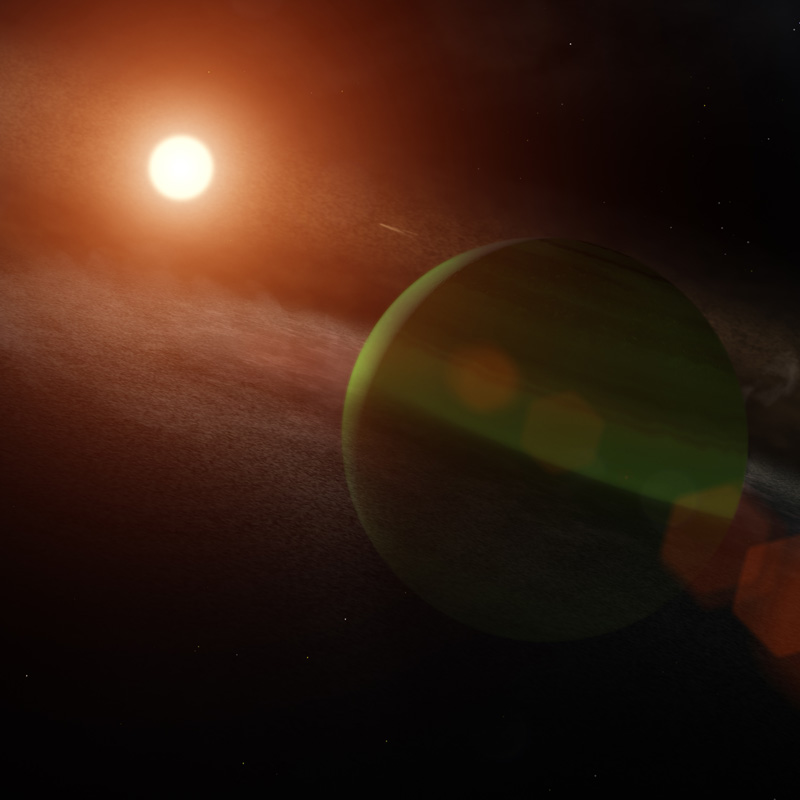
AU Microscopii b - Infant solar system
Discovered 2020: Located less than 32 light-years from Earth, AU Microscopii is among the youngest planetary systems ever observed by astronomers, and its star throws vicious temper tantrums!
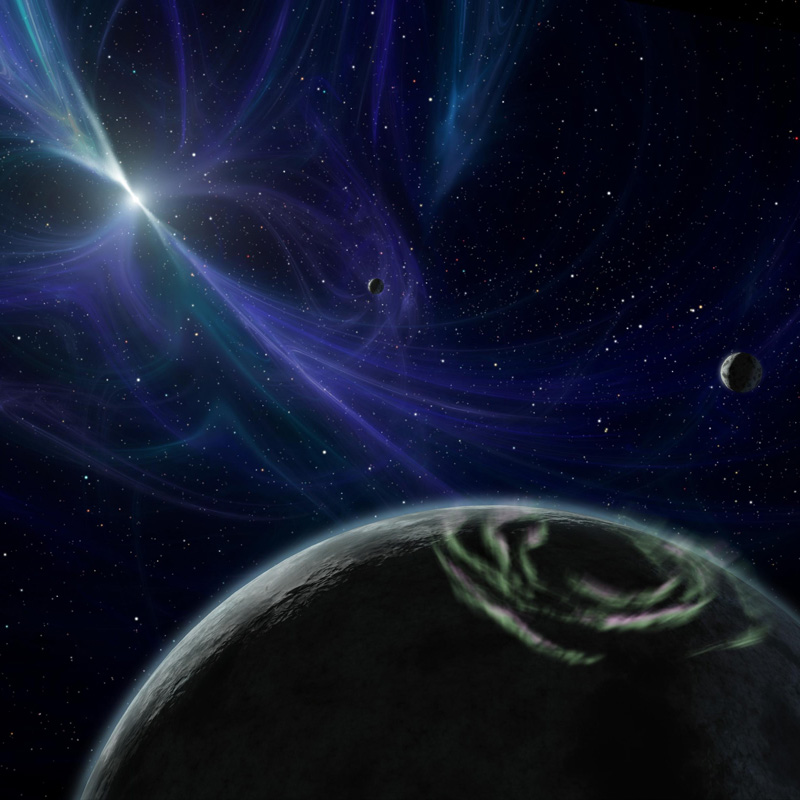
PSR B1257+12 b - Doomed world
Discovered 1994: PSR B1257+12 b, along with fellow doomed worlds, were among the first and creepiest to be discovered as they orbit an undead star known as a pulsar. Pulsar planets like Poltergeist and its neighboring worlds, Phobetor and Draugr, are consumed with constant radiation from the star’s core.
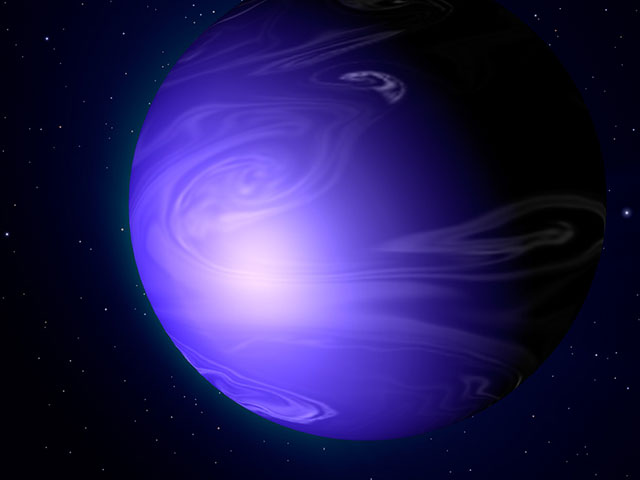
HD 189733 b - Rains glass
Discovered 2005: This far-off blue planet may look like a friendly haven – but don’t be deceived! Weather here is deadly. The planet’s cobalt blue color comes from a hazy, blow-torched atmosphere containing clouds laced with glass. Howling winds send the storming glass sideways at 5,400 mph (2km/s), whipping all in a sickening spiral. It’s death by a million cuts on this slasher planet!

KOI-55 b - Hotter than the Sun
Discovered 2011: Kepler-70b (aka KOI-55) could well be another circle of hell with an average temperature hotter than the Sun’s surface. It used to be Jupiter-sized until it spent some time inside its now-dead star…a trip that destroys most planets, but left this one a Freddy Krueger-like burned world smaller than Earth. At about 12,000 degrees F (6,800 C), it is one of the hottest planets discovered. In fact, the planet itself is evaporating, soon to be another victim.
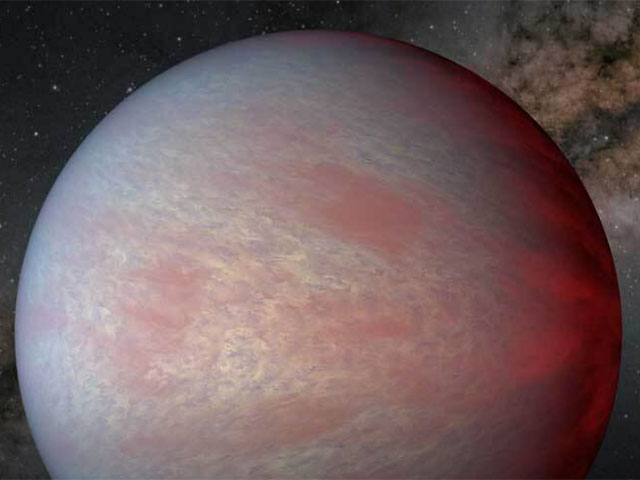
HD 17156 b - AKA Mulchatna
Discovered 2007: A giant planet composed mostly of gas. Also given the name Mulchatna, for a river in Alaska that supports indigenous and native populations.
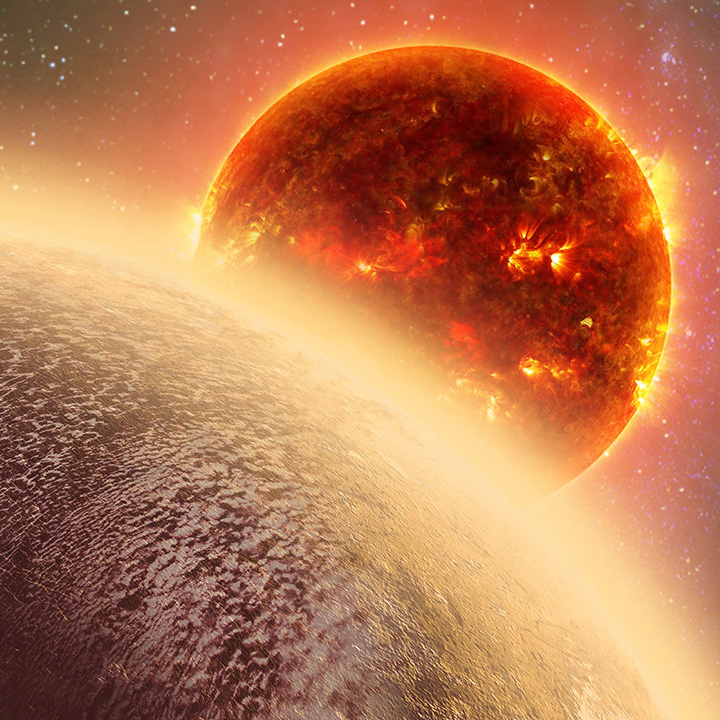
GJ 1132 b - On its second atmosphere
Discovered 2015: GJ 1132 b may have begun as a mini-Neptune, but is now a rocky world a little bigger than Earth. The planet may have lost one atmosphere but gained another from volcanic activity.
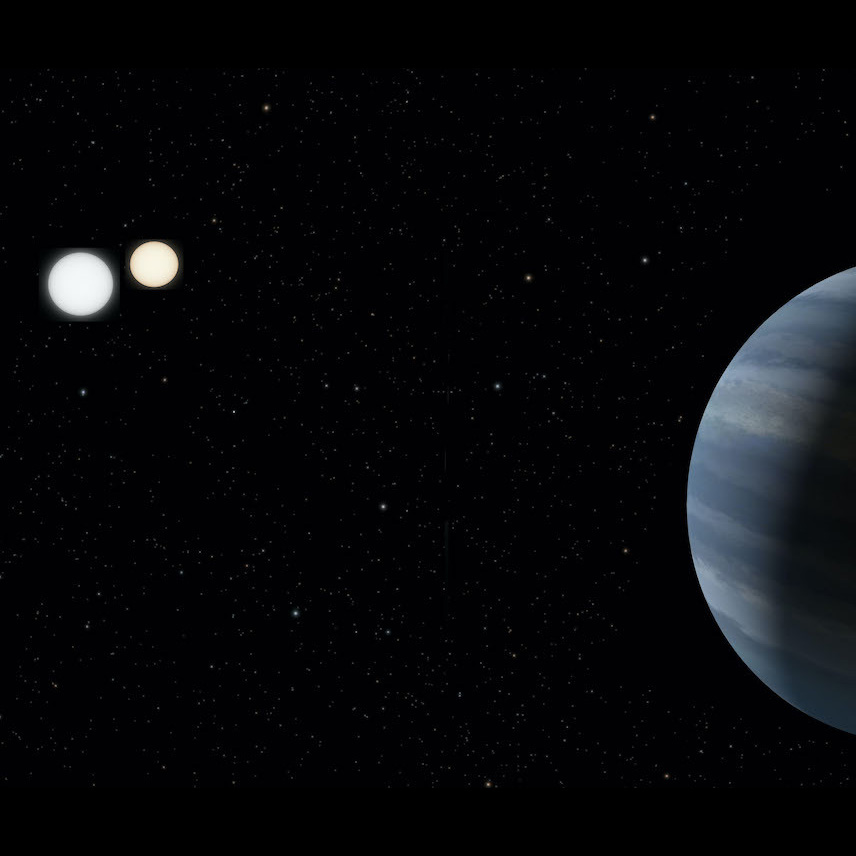
TIC 172900988 b - Rare double transit discovery
Discovered 2021: This planet about as big around as Jupiter belongs to a system that’s a stunner. The planet orbits two stars and, viewed from Earth, crosses the faces of both. That means this system puts on quite a show!
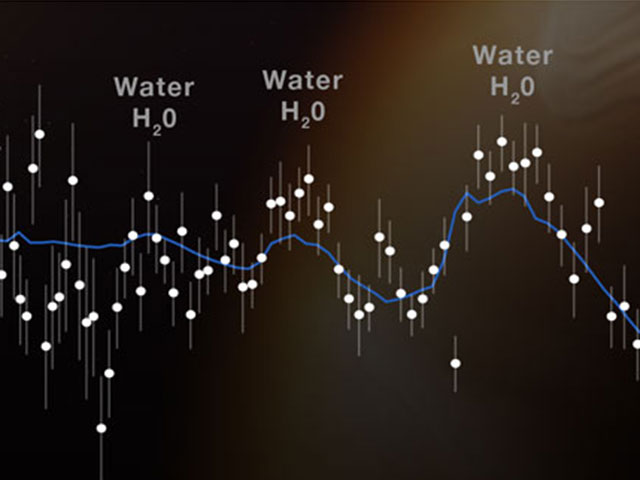
WASP-96 b - Hot and puffy with a signature of water
Discovered 2014: An international team found that WASP-96 b is a world with a sodium rich atmosphere. The planet, located nearly 1,150 light-years from Earth, orbits its star every 3.4 days. It has about half the mass of Jupiter, and its discovery was announced in 2014.
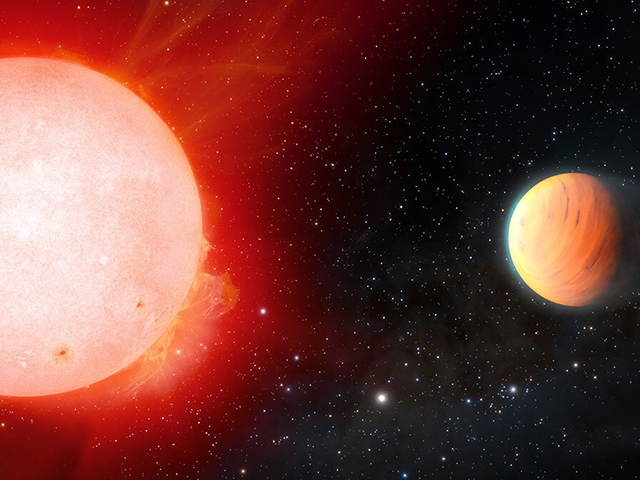
TOI-3757 b - Marshmallow planet
Discovered 2022: A gas giant exoplanet with the density of a marshmallow has been detected in orbit around a cool red dwarf. TOI-3757 b, is the lowest-density planet ever detected around a red dwarf star (2022).
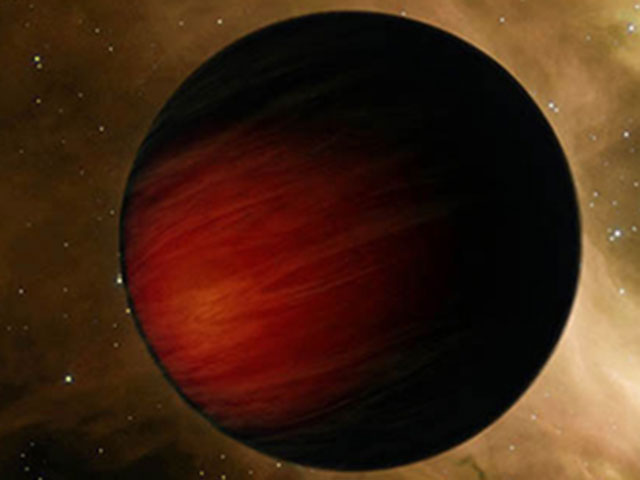
TrES-2 b - Eternal Night
Are you afraid of the dark? Welcome to TrEs-2b, the planet of eternal night. The darkest planet ever discovered orbiting a star, this alien world is less reflective than coal. Inside its atmosphere, you’d be flying blind in the dark. Some scientists think an eerie deep red glow would emanate from its burning atmosphere.
